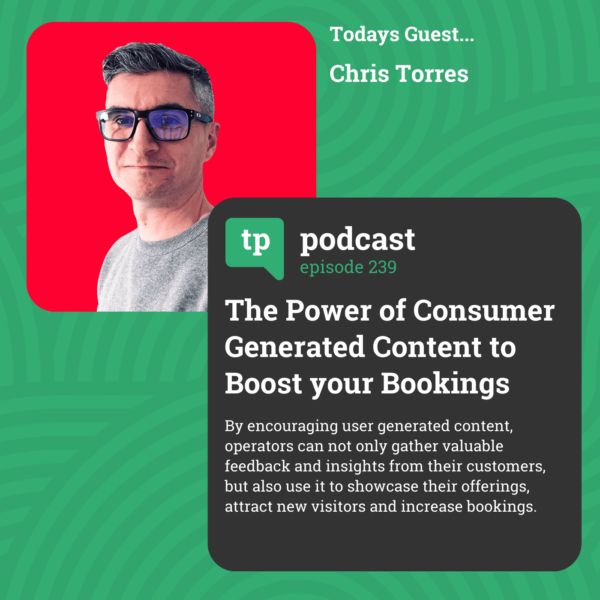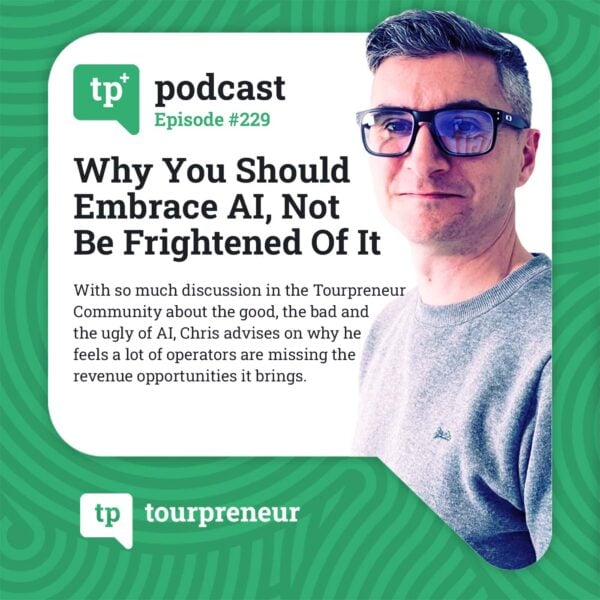In the episode I am joined by Evan Tipton of Tomis and we will be discussing marketing strategies and ideas tour operators should be focusing on now during the COVID crisis. We will be discussing topics like the importance of content creation, product ideas you can take to market as well as the importance of historical data.

